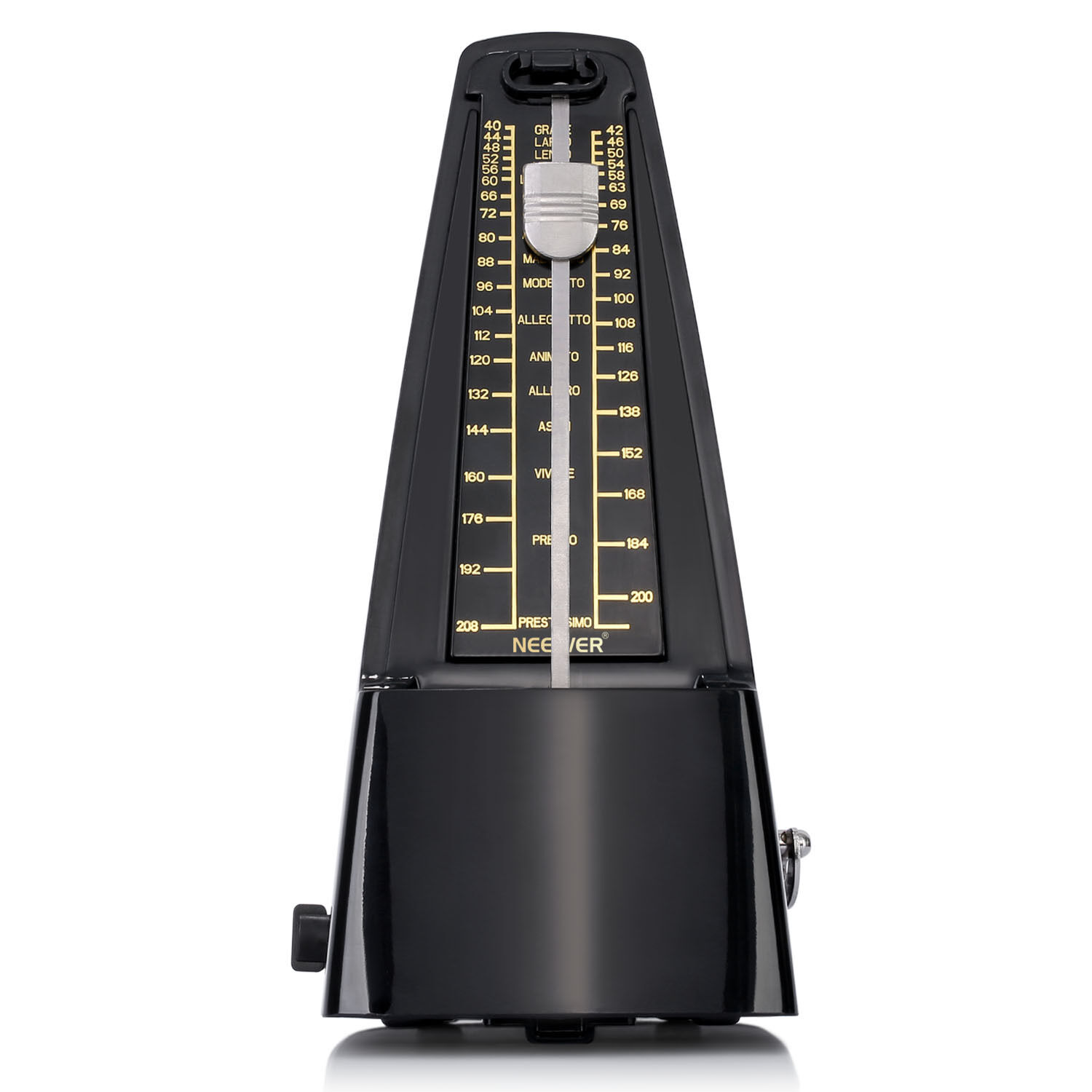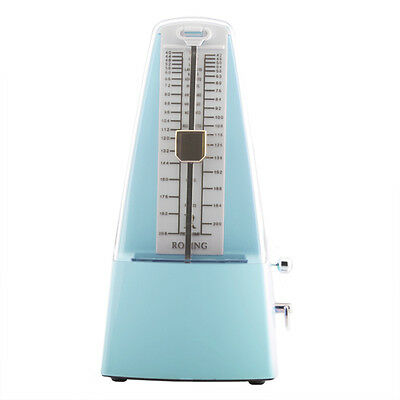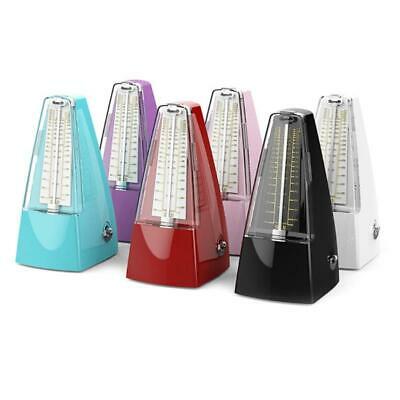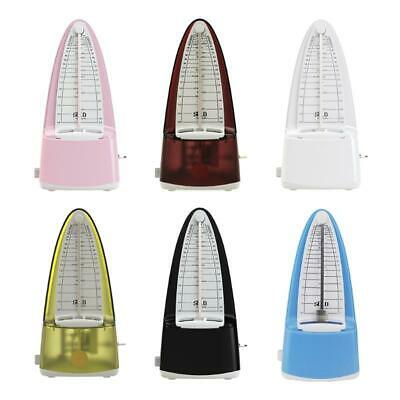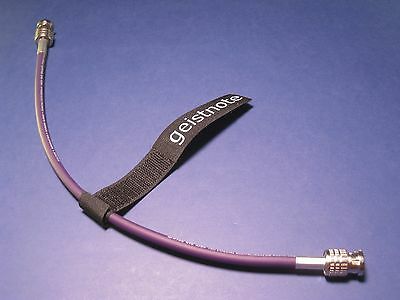-40%
VTG SETH THOMAS WOOD METRONOME DE MAELZEL General Time Corp Piano timer E873-11
$ 18.47
- Description
- Size Guide
Description
You are bidding on a vintage Seth Thomas wooden Metronome De Maelzel (Seth Thomas was a division of General Time Corporation in Thomaston, Connecticut, USA. This one says E873-11 ISS.3It is in great condition and measures 9" tall and 4 1/2" across the base. Simply wind it up and it will click off the beat for you to keep time with your musical instrument. Note in the last photo, the pegs of the door still fit nicely in the holes of the cabinet. Sometimes the wood of the cabinet gets split from use and abuse. It has the Seth Thomas Logo on a brass plate on the front. It is in excellent condition.
Ships via USPS Priority mail or FedEx.
I'm selling some piano clocks, a musical trinket box, and a crystal baby grand piano in other auctions and will be happy to combine shipping.
A
metronome
, from
ancient Greek
μέτρον (
métron
, "measure") and νέμω (
némo
, "I manage", "I lead"), is a device that produces an audible click or other sound at a regular interval that can be set by the user, typically in
beats per minute (BPM)
. Metronomes may include synchronized visual motion. Musicians use the device to practise playing to a regular
pulse
. Many metronomes are now digitized, either in the form of electronic chips instead of mechanics in metronomes, or entirely digital metronomes stored in the cloud or a computer and accessed via a
web browser
or metronome app.
A kind of metronome was among the inventions of
Andalusian
polymath
Abbas ibn Firnas
(810–887). In 1815,
Johann Maelzel
patented his mechanical, wind-up metronome as a tool for musicians, under the title "Instrument/Machine for the Improvement of all Musical Performance, called Metronome".
[1]
In the 20th century, electronic metronomes and software metronomes were invented.
Musicians practise with metronomes to improve their timing, especially the ability to stick to a regular
tempo
. Metronome practice helps internalize a clear sense of timing and tempo.
Composers
and conductors often use a metronome as a standard tempo reference—and may play, sing, or conduct to the metronome. The metronome is used by composers to derive beats per minute if they want to indicate that in a composition. Conductors use a metronome to note their preferred tempo in each section.
When interpreting emotion and other qualities in music, performers seldom play exactly on every beat; expressive, flexible
rubato
may be used at times. Typically, every beat of a musically expressive performance does not align exactly with each click of a metronome.
[2]
[3]
[4]
This has led some musicians to criticize use of a metronome, because
metronome time
is different from
musical time
.
[5]











